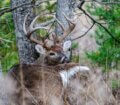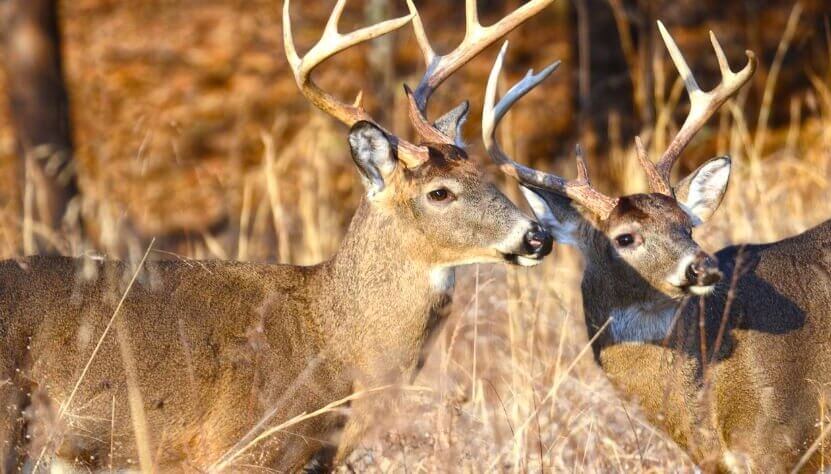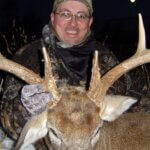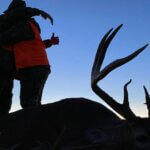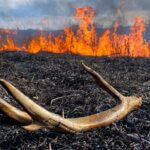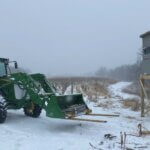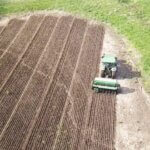Editor’s Note: I’ve known and hunted with Mark Drury of Missouri, co-owner of Drury Outdoors, for over 30 years. I’ve been fortunate enough to watch him not only as a videographer and a TV host but also as a land manager and hunter who’s learned the secrets of growing and taking big white-tailed bucks. Once you learn the Drury system of managing satellite hunting properties and keeping a log of bucks from 2-1/2 years old and older you’re planning to take, you can also produce more and bigger bucks on the properties you hunt, just like Mark does. This week, you’ll learn the system the Drury family uses to consistently find and take older-age-class bucks with bigger racks and bodies than most have ever seen. For more information about Mark Drury, visit his Facebook page.
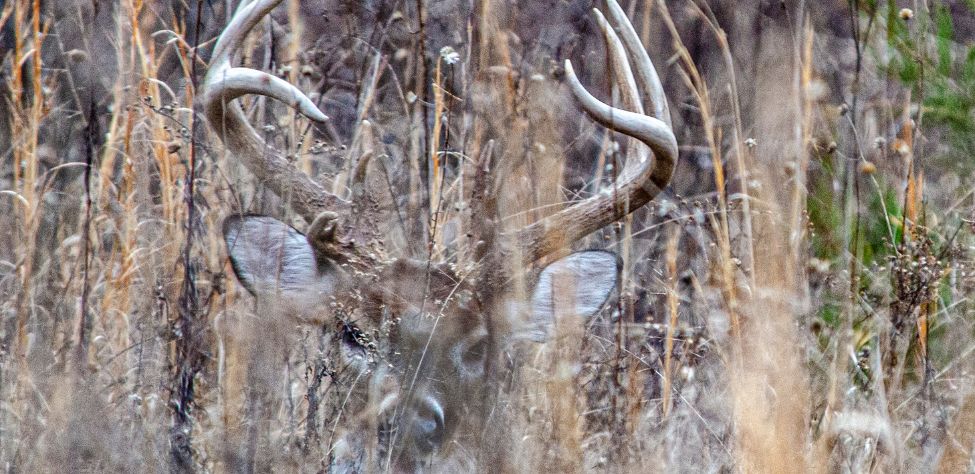
I own and lease 30,000 acres of land, but it’s not all contiguous. I never had the money to buy or lease that much land when I first started managing properties for big bucks. For the last 20 or 30 years, I’ve tried to buy or lease nice hunting lands every year. The lands I hunt are small and consist of more 15-acre, 40-acre, 80-acre and 160-acre areas then large plots. This practice is called the satellite-farm strategy, and I use it to hunt various deer herds. That way, I’m not just depending on one herd of deer in one location to produce the size and number of mature bucks that I want to take.
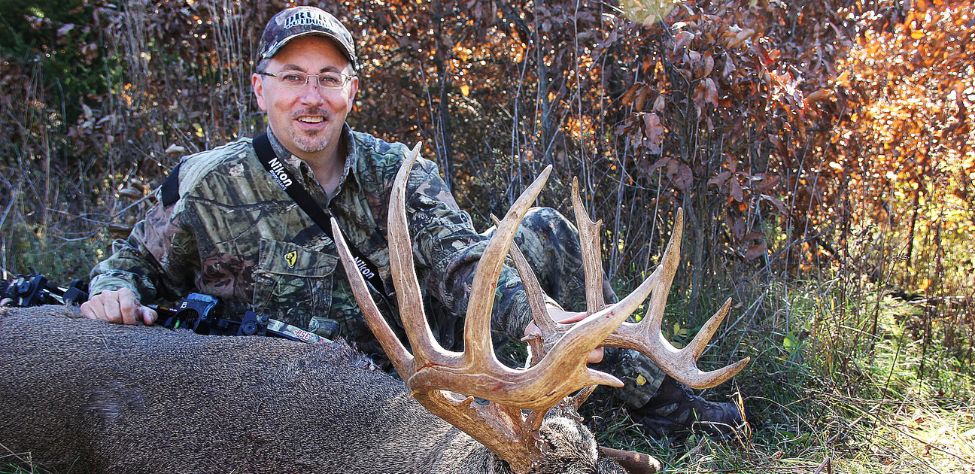
When you only have one large property, you risk losing many of the older-age-class bucks to Epizootic Hemorrhagic Disease (EHD). When that happens, several years are required to build your herd back up. I know this because when I owned one big farm, there were many instances when EHD hit my deer herd, and all the money I’d put into managing my land for big deer went down the drain. That’s when I decided to produce a fallback plan if EHD ever hit my property again. Instead of using a sizeable farm-management program, I now have more small properties in different areas to prevent my big bucks from being wiped out. Plus, I’ve also learned that having more small farms in various locations is a much more effective way of taking big deer every season instead of having just one farm to hunt.
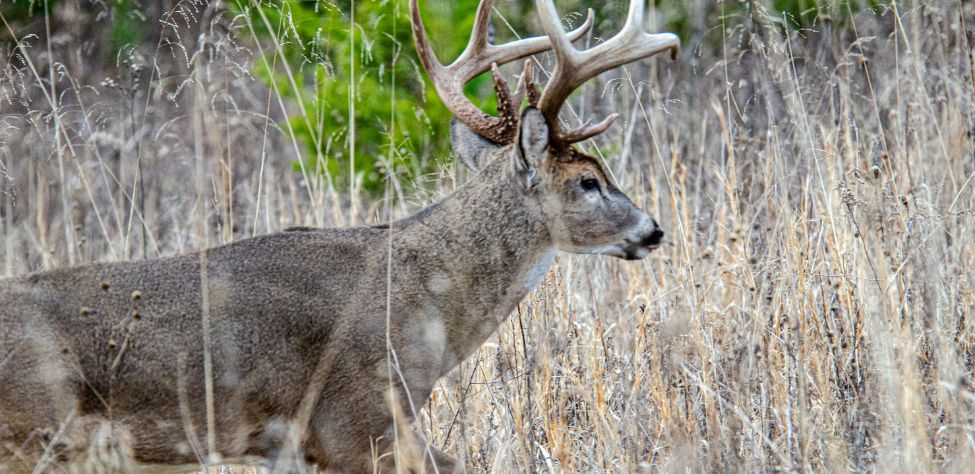
At my farm in Missouri, my furthest small property from north to south is 75 miles away, and my closest lands are within about 40 miles of my main farm. Another advantage of having satellite properties is that you can lease and buy properties quicker than you can save up money to buy a big property. You’ll also be able to afford to do this in other states that you can hunt in at other times of the year. That’s why I also have properties in Texas and Iowa. If you’re serious about deer hunting, you may consider having various places where you can lease or buy land for less money than you’ll have to spend buying one large property on which you manage deer.

How to Hunt and Take Big Buck Deer on Small Properties
In this book, you’ll hear from 14 hunters who either have gained permission or leased properties as small as six acres to as much as 250 acres, and how they consistently take older-age-class bucks off these little lands.
VERSIONS: AUDIBLE, KINDLE & PRINT

Jim Crumley’s Secrets of Bowhunting Deer
Using a black magic marker and a gray work jumpsuit, Jim Crumley of Buchanan, Virginia, drastically changed the nature and purpose of hunting camouflage when he created the first sportsman’s camouflage – Trebark. Crumley’s love of bowhunting and his desire to be more invisible changed hunting clothing forever.
In this hunting guide, he shares the wisdom that he’s learned throughout his lifetime about how to be a hunter, how to find a deer lease, how to scout for deer, and more.
Special features include how to:
- Have a magic 60 acres to hunt
- Decide the best equipment to use
- Find deer year-round
- Locate land to hunt
- Know the best place to put your tree stand
- Get bucks within bow range
VERSIONS: AUDIBLE, KINDLE & PRINT

How to Hunt Deer Like a Pro
How do you know if the land you hunt has a trophy deer on it? Wildlife manager Bob Zaiglin, of Uvalde, Texas and Jim Crumley, the father of modern-day hunting camouflage, tells you how to find out. GPS can make finding and taking that trophy buck easier. This hunting guide will teach you how to hunt big bucks where no one else can find them, how to call deer, and how to become versatile as a deer hunter, so that if one deer tactic doesn’t work, another one will.
In the chapter, “How to find Bucks at Scrape,” Dr. Keith Causey, retired professor of Wildlife Science at Auburn University, describes the best way to hunt a scrape.
Brad Harrison of Neosho, Missouri, is a nationally-known videographer, professional deer hunter and master at calling deer. Another master is Will Primos of Primos Game Calls. These two experts will tell the best deer calls and when to use them in this book.
And for over 20 years, Bo Pitman, lodge manager of White Oak Plantation, has been studying deer movement patterns. He explains what types of conditions are best for predicting deer movement.
VERSIONS: AUDIBLE, KINDLE & PRINT

Deer hunting and deer hunters are drastically changing each year. To learn new techniques for hunting deer and have more places to hunt, I’ve interviewed some of the best deer hunters in the nation and share their tactics in How to Hunt Deer Like a Pro: Volume II.
In Chapter 10, Jacob Lamar tells you his tactics for consistently taking older-age-class bucks on public lands in several states. Chapter 11, Bob Walker explains how to find places on public lands where you can hunt that 99 percent of the other hunters never have considered hunting. The Bonus Chapter with David Ramey tells you how, where, when and with what equipment to take big Kansas bucks on public lands by hunting in 100-degree weather when others won’t hunt.
Chapter 13, Mark Drury, his family and his guests take mature bucks every season by having more small places to hunt rather than one large property. Drury explains the strategy of having satellite farms to hunt that only may be 50-150 acres each or less. Chapter 15, Pat Reeve, who hunts far-northern states and Canada, says, “I don’t like hunting for mature bucks until the weather is 20 degrees or less.” Chapter 4, Dr. Larry Marchinton says that funnels are the most-reliable stand sites to hunt for big bucks and tells why.
VERSIONS: AUDIBLE & PRINT
Tomorrow: Mark Drury Monitors Deer All Year


